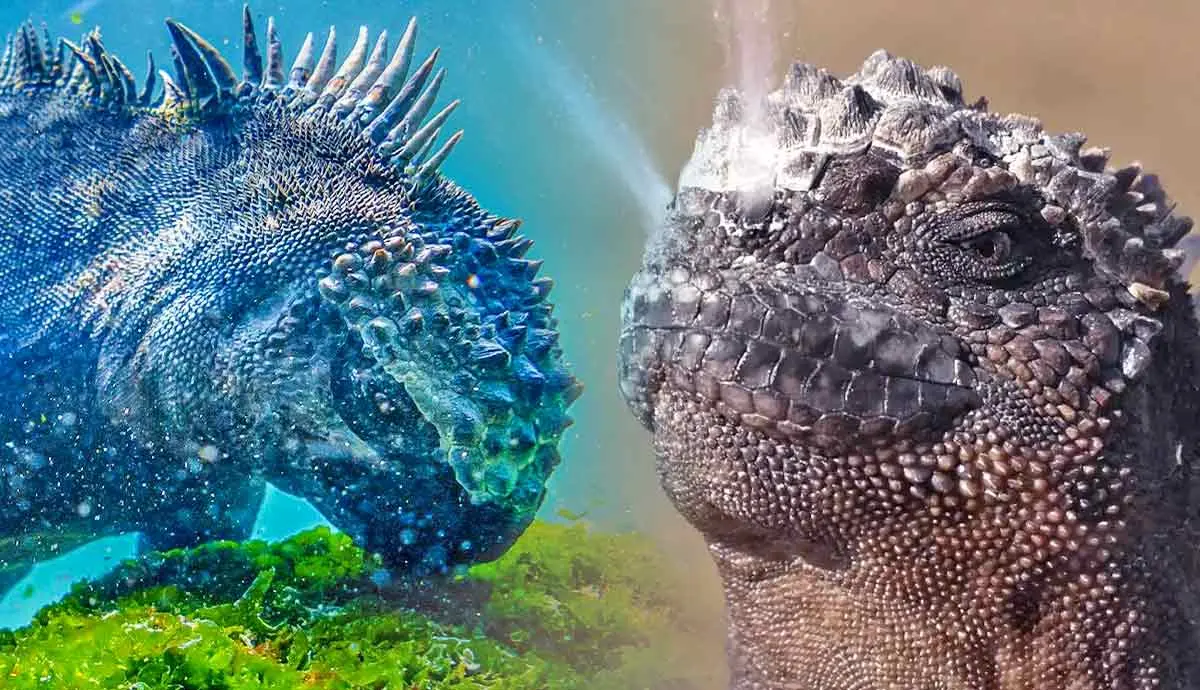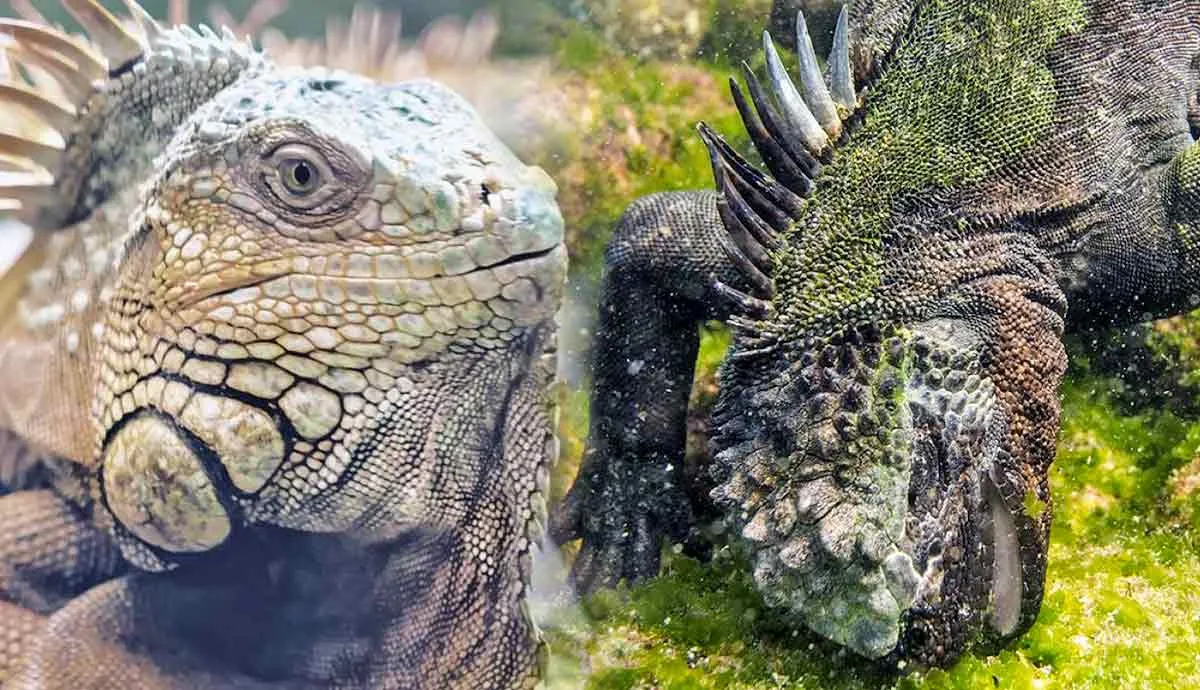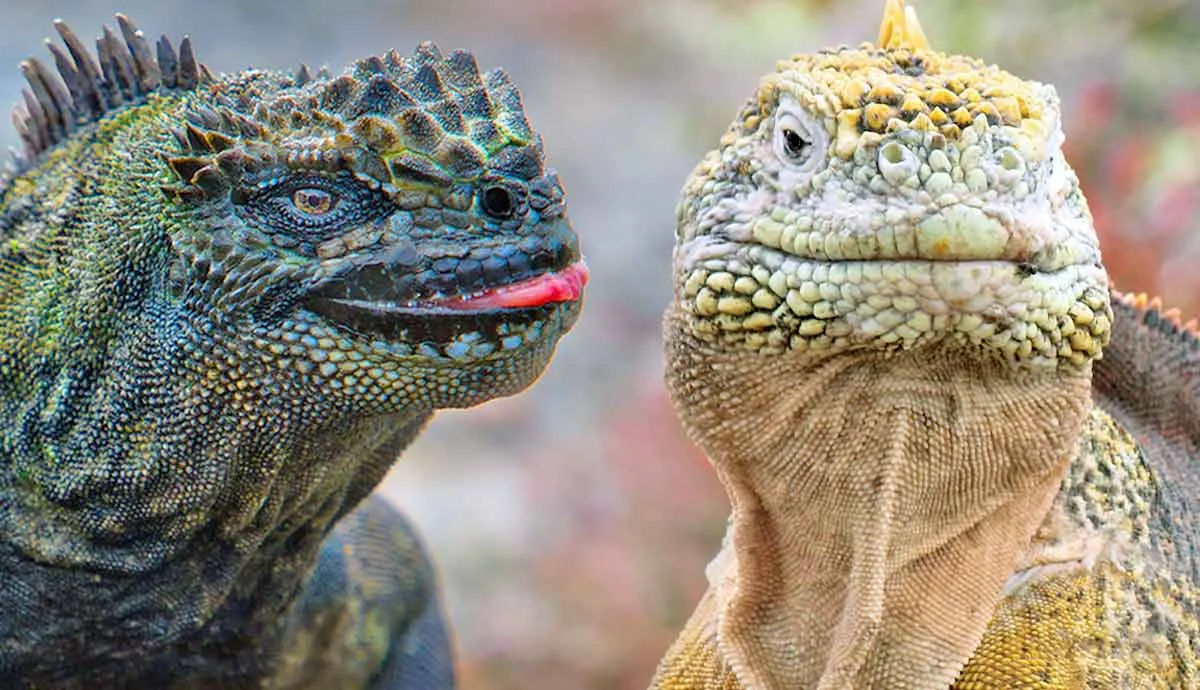You might be familiar with one of the largest lizards in America - the iguana. But did you know that this reptile has an oceanic cousin? Marine iguanas are pretty special, and they have an interesting adaptation that has caught people’s attention for years and years. These watery lizards are known for sneezing a spray of salt right out of their noses in an impressive display. Keep reading to find out how on earth - and why - they do this.
The Marvelous Marine Iguana
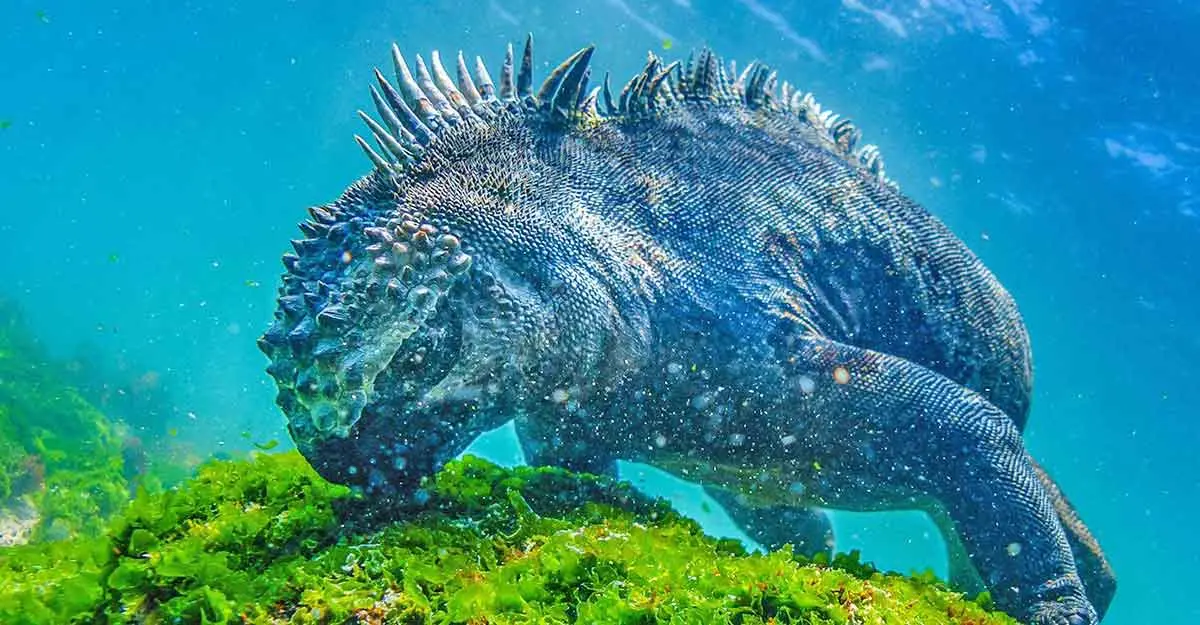
First and foremost, let’s get acquainted with the marine iguana. This marine reptile is also commonly known as a sea iguana, saltwater iguana, or a Galapagos iguana due to the fact that they’re only found in the Galapagos Islands.
One of the things that makes these lizards unique is that their diets consist almost entirely of algae and seaweed, which they forage for in the depths of the sea. They have short, blunt snouts that allow them to scrape the algae off rocks at the bottom of the ocean, using their sharp teeth to do the hard work. Despite these razor teeth and sharp claws, these herbivores are relatively gentle, even though they might not be the prettiest sight to see.
The Mystery of Sneezing Salt

But what about this sneezing business? Even naturalists like Charles Darwin (who described the creatures as “hideous-looking”) were puzzled by this unique behavior.
What it comes down to is that marine iguanas have a habit of snorting aggressively and letting out massive sneezes every couple of minutes, emitting a spray from their noses that can travel several feet away from them. This spray - you’ll be pleased to know - is not a dramatic display of reptilian snot, but instead, a simple spray of seawater.
However, if you were to look close enough, you would notice that this water is more than just water - it contains visible salt crystals. But why do they do this?
Science Behind the Sneeze
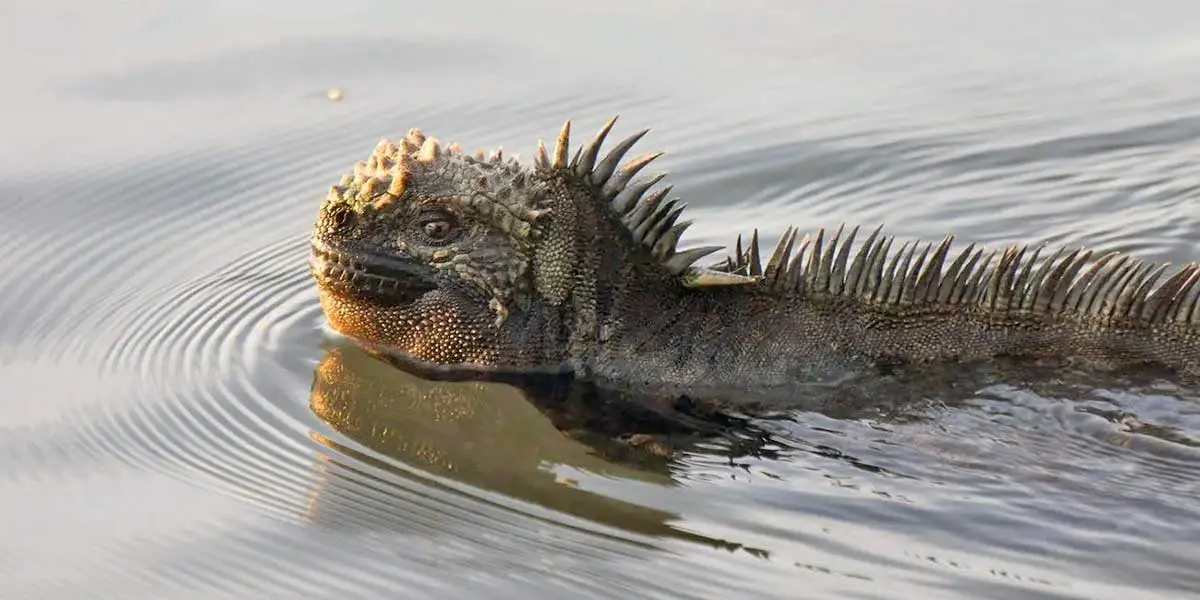
Simply put, marine iguanas are even cooler and more interesting than they look, and this flu-season phenomenon is actually an incredible adaptation that is rooted in their diets (which are not exactly typical of your average lizard).
As already mentioned, sea iguanas feed on algae and seaweed, and they do so while being completely immersed in the water. Understandably, these reptilian creatures ingest a whole lot of seawater, with an incredible amount of excess salt (mostly sodium chloride as well as some potassium). Naturally, this amount of sodium isn’t good for anybody, and the iguanas use their sneezing as a clever solution to the problem.
The reptiles use large cranial salt glands to forcefully expel some of that salty water and alleviate strain on their reptilian kidneys, leaving their blood and bodies clean and healthy.
Ecological Significance

Marine iguanas are one of the very few extant marine reptiles still alive today and the only lizard on earth that has adapted to an ocean environment. Their adaptations (including sneezing, malting, sharp claws for rock-clinging, and sunbathing) make them unique and interesting creatures.
However, these iguanas are not only fascinating to observe, but they also play an imperative role in the Galapagos ecosystem in their feeding habits and adaptations. The iguanas contribute to the overall balance of the marine community through their consumption of algae, as well as their role as prey to sea lions and sharks in the ocean.
Their salt-sneezing behavior also contributes to nutrient cycling in their environments, showing the intriguing interconnectedness of nature!
Conservation and Challenges

Unfortunately, as with so many of the weird and wonderful creatures we get to learn about, marine iguanas are under constant pressure and considered vulnerable to extinction. While their current population is not well known, these creatures are threatened by non-native predators in the area, such as rats, cats, and dogs, who feed on their eggs and young.
Another challenge that these iguanas face is being affected by oil spills in the Galapagos Islands and a particular instance in 2001 was reported to have led to the death of around 62% of the iguanas on one of the affected islands.
Because of that, conservation is an important consideration - fortunately, these creatures are protected by the Convention of International Trade in Endangered Species of Wild Fauna and Flora, as well as fully protected by law in the region. However, more can always be done, and spreading awareness about this species is a crucial step that can be taken.
